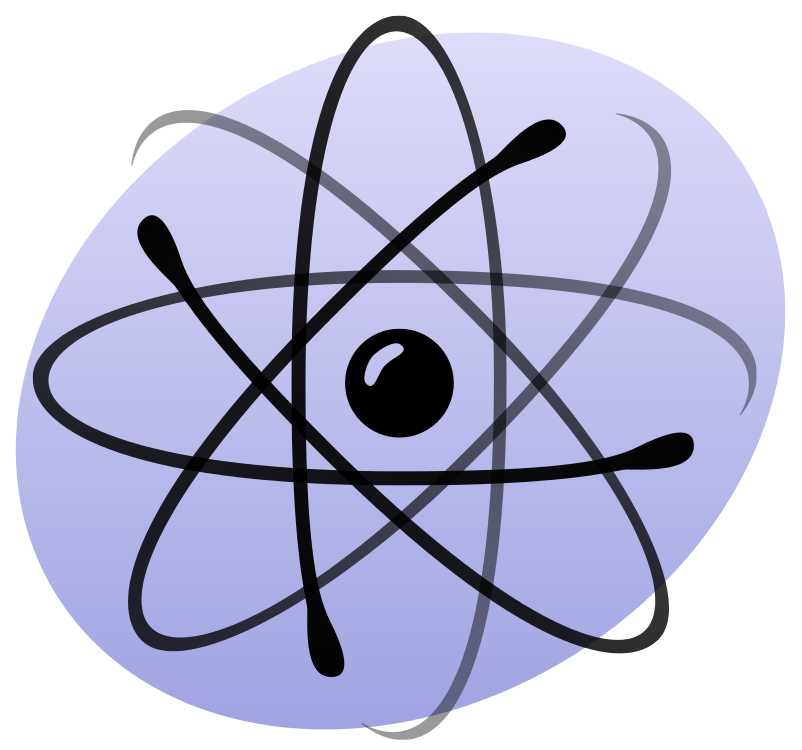When we think about motion, our minds often jump straight to why something is moving—a car engine, a push, gravity. But before we even touch the why, we need to understand the what. That’s where kinematics comes in.
Kinematics is the part of mechanics that simply describes motion, without worrying about its causes. Think of it as the storyteller of motion—laying out what’s happening, where, how fast, and how it changes over time.
Key Concepts in Kinematics
Let’s break it down into the fundamental quantities:
1. Position and Displacement
- Position is where an object is, usually described relative to some origin.
- Displacement is the change in position—it’s a vector, which means it has both magnitude and direction.
Example: If you walk 5 meters east, your displacement is 5 meters east, not just “5 meters.”
2. Velocity
- Velocity is how fast something is moving and in what direction.
- It’s calculated as: velocity = displacement / time
If you move 10 meters north in 2 seconds, your velocity is 5 m/s north.
Speed is the magnitude of velocity—no direction, just how fast.
3. Acceleration
- Acceleration is the rate at which velocity changes.
- It can mean speeding up, slowing down, or changing direction.
A car going from 0 to 60 km/h in 5 seconds is accelerating. So is a ball being thrown upward—because its velocity is constantly changing due to gravity.
Types of Motion
Uniform Motion
- Constant velocity.
- Zero acceleration.
- Example: A train moving at a steady speed in a straight line.
Non-Uniform Motion
- Changing velocity.
- Non-zero acceleration.
- Example: A car speeding up at a green light or a falling apple.
One-Dimensional Kinematics Equations
These apply when motion happens in a straight line with constant acceleration:
- v = v₀ + at
- x = x₀ + v₀t + ½at²
- v² = v₀² + 2a(x – x₀)
Where:
- v₀ = initial velocity
- v = final velocity
- a = acceleration
- t = time
- x₀ = initial position
- x = final position
Graphical Representations
Kinematics isn’t just equations—it’s visual, too:
- Position-time graph: Slope = velocity
- Velocity-time graph: Slope = acceleration; Area under the curve = displacement
- Acceleration-time graph: Area under the curve = change in velocity
Graphs help you “see” motion at a glance.
In Summary
Kinematics is the language of motion. Before we ask why things move, we have to understand how they move. With displacement, velocity, acceleration, and a few key equations, we can tell the complete story of an object’s motion—no forces required (yet).
Image:


